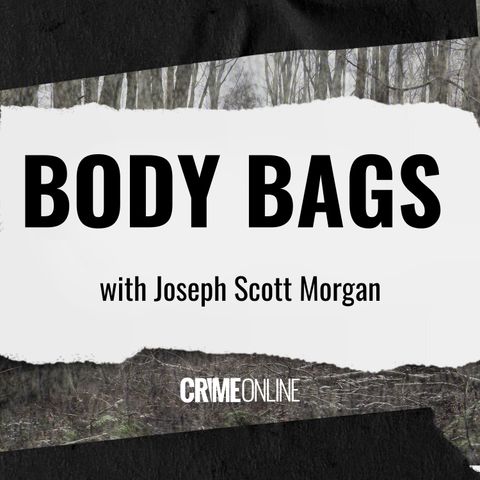Stephen and Carol Baxter are discovered deceased, peacefully positioned side by side in their recliners in their seaside home on Easter morning. With the cold winds of Great Britain and the serenity of their repose, carbon monoxide poisoning is the initial suspicion. As the layers of this puzzle unfurl, new clues emerge. Joseph Scott Morgan and Dave Mack dive into the mysterious deaths of a married couple, taking listeners on a journey through the complexities of crime scene investigations, the tragic dangers of carbon monoxide, and the lethal grasp of synthetic opioids. When the toxicology report unveils the presence of fentanyl in the couple's system, the case takes a darker turn. Time-codes: [00:20] - Joe Scott Morgan sets the scene, discussing the unique coldness of being near the sea during cooler months. He then introduces the story of a married couple found dead in their home, initially suspected of carbon monoxide poisoning. [01:35] - Joe Scott discusses his love for Great Britain and how its unique environment affects the inhabitants, specifically referencing the couple in question, Stephen Baxter and his wife, Carol. [02:32] - Dave Mack describes the heartbreaking scene when the Baxter’s daughter, Ellie, finds her parents dead in their recliners. He discusses her immediate assumption of carbon monoxide poisoning and her actions to protect herself and her child. [04:50] - Joe Scott Morgan returns to the scene, providing a more precise location of the couple's home and the characteristics of the area. He talks about the first responders' initial investigation, noting the lack of signs of forced entry or struggle, and the importance of considering all possibilities in an investigation. [07:44] - The pivotal role of the initial reporter in a crime scene is highlighted. Joe stresses how their early observations can greatly influence the subsequent trajectory of the investigation, and shares a poignant moment when the daughter discovered her parents on Easter Sunday. [10:00] - Morgan shares his harrowing personal experience with carbon monoxide, illuminating the silent dangers investigators face. This anecdote also serves as a potent reminder of the gas's deadly potential. [12:20] Mack questions how investigators transition from a peaceful scene to a full-blown investigation. Joseph Scott Morgan offers invaluable knowledge on the visual indicators of carbon monoxide poisoning, the process of checking for carbon monoxide in the house, and the role of the fire service. [15:00] - Morgan talks about the challenge investigators face when there are no signs of forced entry, external trauma, or carbon monoxide poisoning, raising the possibility of double suicide. He explains what investigators would look for at the scene, breaking down the evidential requirements that would substantiate such a claim. [17:40] - The lethal potential of carbon monoxide is revisited, focusing on its aftermath. Morgan and Mack discuss its deadly embrace and how it can deceive even the most seasoned investigators. [00:20:20] - The narrative zooms out, shedding light on the affluent life led by the Baxters. Their status and lifestyle add a new dimension, prompting questions of motive and involvement. [23:16] - Morgan explains the couple's health conditions and provides a crash course on the indicators of heroin usage at a crime scene. He reveals that the toxicology report for Mr. and Mrs. Baxter showed that they had fentanyl in their systems, a potent drug that has caused many deaths. [25:41] - The conversation expands to the societal implications of fentanyl misuse. By tracing its origins from medical utility to illicit usage, listeners are offered a broader context of the drug's devastating impact. [26:44] - Joe Scott Morgan reveals that three people have been charged in the Baxter's deaths.See
omnystudio.com/listener for privacy information.


Commenti